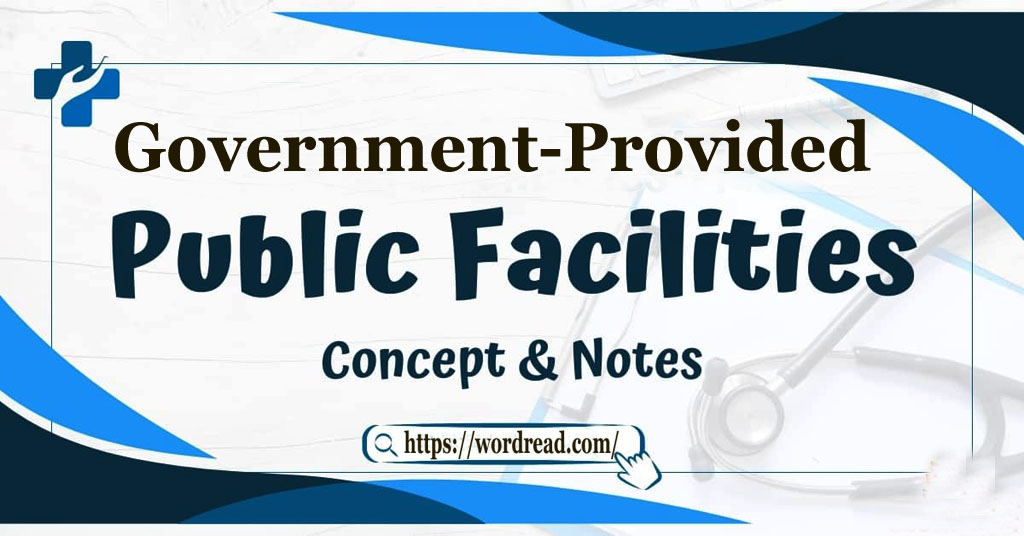Government-Provided Facilities
The US government offers a wide variety of services and advantages in an attempt to protect the prosperity, safety, and well-being of its residents. Public facilities, social security, healthcare, education, and emergency help are only a few of the areas addressed by these rules and regulations. The main advantages that Americans have access to are highlighted here with their importance in raising living standards.
- Healthcare service
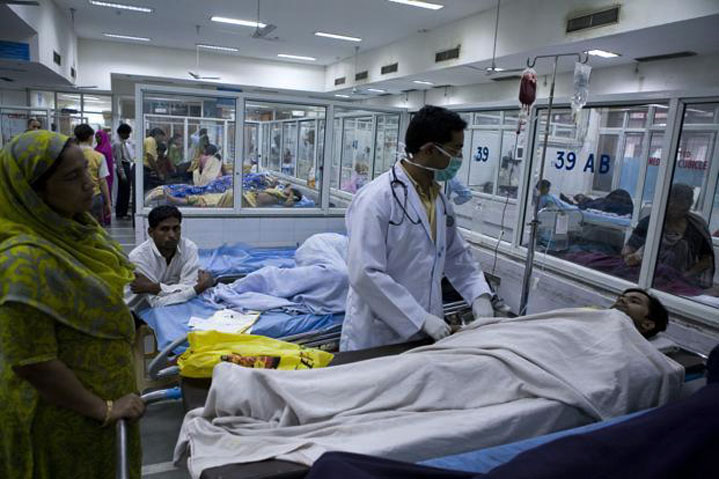 The U.S. government offers essential healthcare programs in order to make sure that individuals have access to essential medical treatments. Medicaid and the Children’s Health Insurance Program (CHIP) support low-income families and children, and programs such as Medicare serve the elderly. A larger safety net for medical treatment is also offered by the Affordable Treatment Act (ACA). It has increased access to health care by providing support for qualified Americans to obtain health insurance.
The U.S. government offers essential healthcare programs in order to make sure that individuals have access to essential medical treatments. Medicaid and the Children’s Health Insurance Program (CHIP) support low-income families and children, and programs such as Medicare serve the elderly. A larger safety net for medical treatment is also offered by the Affordable Treatment Act (ACA). It has increased access to health care by providing support for qualified Americans to obtain health insurance.
- Education and Student support
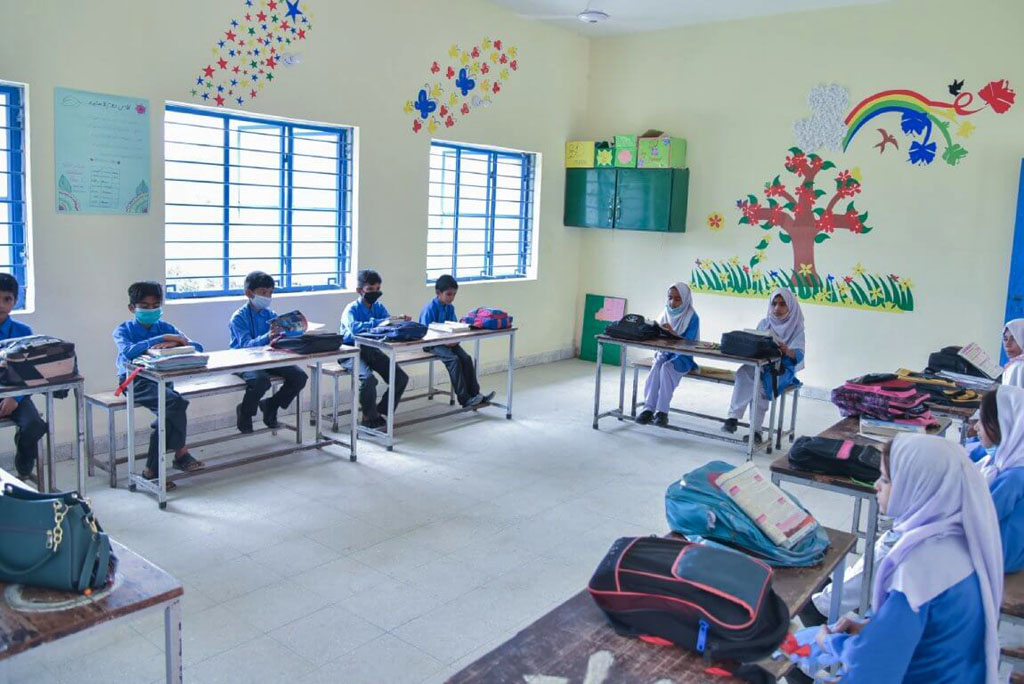 The foundation of government support is education, with local, state, and federal governments providing free public education from kindergarten through grade 12. Federal student aid programs, such as Pell Grants and loans, make higher education accessible. Head Start offers low-income families early childhood education. The opportunities for lifelong learning are further promoted by community colleges, libraries, and adult education programs.
The foundation of government support is education, with local, state, and federal governments providing free public education from kindergarten through grade 12. Federal student aid programs, such as Pell Grants and loans, make higher education accessible. Head Start offers low-income families early childhood education. The opportunities for lifelong learning are further promoted by community colleges, libraries, and adult education programs.
- Social security and Retirement benefits
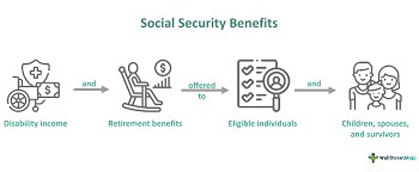 Retirement payments from the Social Security Administration give people who have paid into the system throughout their working years financial stability. Disability benefits assist those who are unable to work, and survivor benefits provide financial support to surviving employees’ families, providing financial stability throughout life.
Retirement payments from the Social Security Administration give people who have paid into the system throughout their working years financial stability. Disability benefits assist those who are unable to work, and survivor benefits provide financial support to surviving employees’ families, providing financial stability throughout life.
- Employment and Unemployment assistance
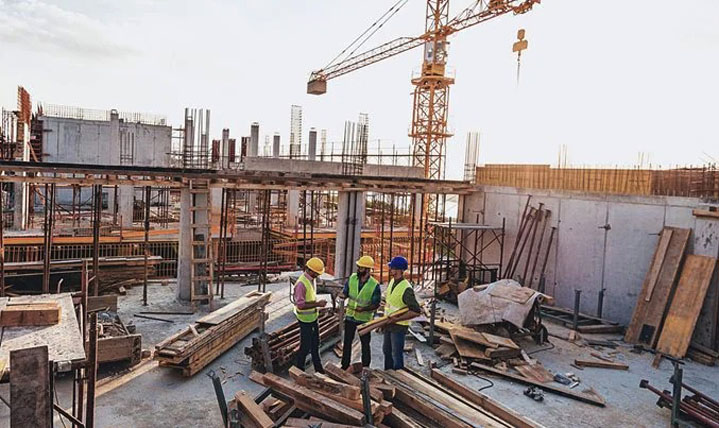 The government helps residents find jobs through job training, career counseling, and placement services supported by the Department of Labor. The Department of Labor-funded job training, career counseling, and placement services are some of the ways the government helps people find work. When a person loses their work, unemployment insurance provides temporary financial support. The work environments are also promoted by rules imposed by organizations such as OSHA, which prioritize workplace safety.
The government helps residents find jobs through job training, career counseling, and placement services supported by the Department of Labor. The Department of Labor-funded job training, career counseling, and placement services are some of the ways the government helps people find work. When a person loses their work, unemployment insurance provides temporary financial support. The work environments are also promoted by rules imposed by organizations such as OSHA, which prioritize workplace safety.
- Infrastructure and Public service
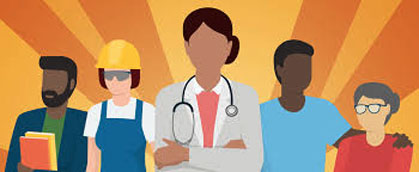 The federal and state governments provide funding for public facilities, which protects resident’s dependable utilities, public safety, and transportation networks. LIHEAP and other programs help with energy expenses, public transportation, highways, and bridges to improve mobility. In all communities around the country, parks, cultural institutions, and social features improve the standard of living.
The federal and state governments provide funding for public facilities, which protects resident’s dependable utilities, public safety, and transportation networks. LIHEAP and other programs help with energy expenses, public transportation, highways, and bridges to improve mobility. In all communities around the country, parks, cultural institutions, and social features improve the standard of living.
- Housing and Urban development
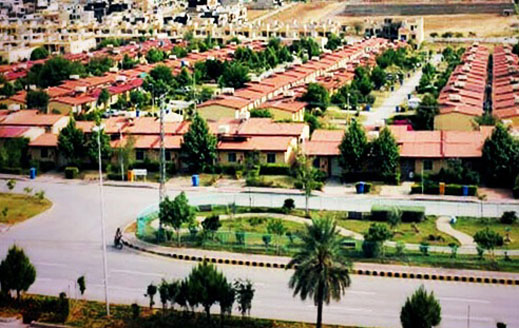 Low-income families may now access safe and secure living places due to affordable housing programs. Public housing associations and programs like Section 8 Housing Choice Vouchers lower housing costs. On the other hand, HUD-funded homelessness help offers individuals in need long-term solutions, counseling, and shelter.
Low-income families may now access safe and secure living places due to affordable housing programs. Public housing associations and programs like Section 8 Housing Choice Vouchers lower housing costs. On the other hand, HUD-funded homelessness help offers individuals in need long-term solutions, counseling, and shelter.
- Veterans benefits
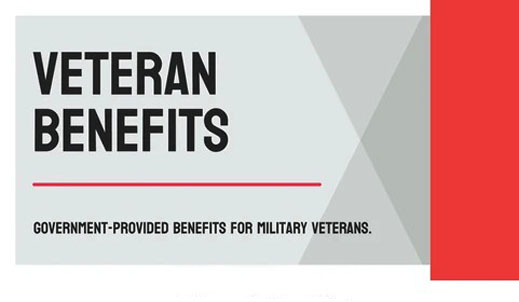 The government provides veterans and their families with particular benefits in honor of military service. The Veterans Health Administration provides healthcare, the GI Bill funds education, and VA-backed house loans offer special terms. These programs secure the well-being of veterans and aid in their rehabilitation into society.
The government provides veterans and their families with particular benefits in honor of military service. The Veterans Health Administration provides healthcare, the GI Bill funds education, and VA-backed house loans offer special terms. These programs secure the well-being of veterans and aid in their rehabilitation into society.
- Disaster relief and Emergency assistance
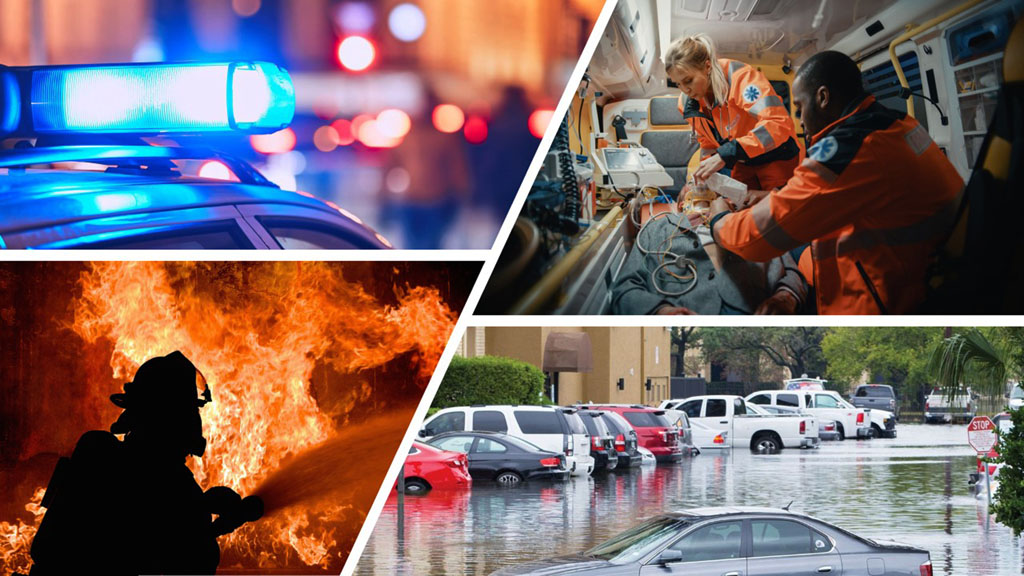 Agencies such as FEMA offer essential assistance during disasters and natural disasters, including financial relief, rebuilding support, and temporary housing. These efforts promote resilience and adaptability during emergencies by assisting people and communities in rapidly recovering.
Agencies such as FEMA offer essential assistance during disasters and natural disasters, including financial relief, rebuilding support, and temporary housing. These efforts promote resilience and adaptability during emergencies by assisting people and communities in rapidly recovering.
- Legal and Civic support
 Government-funded legal aid programs for low-income people help them access representation. Voter registration drives, election accessibility measures, and public forums are examples of civic efforts. It promotes active citizen involvement and strengthens democratic engagement and justice.
Government-funded legal aid programs for low-income people help them access representation. Voter registration drives, election accessibility measures, and public forums are examples of civic efforts. It promotes active citizen involvement and strengthens democratic engagement and justice.


